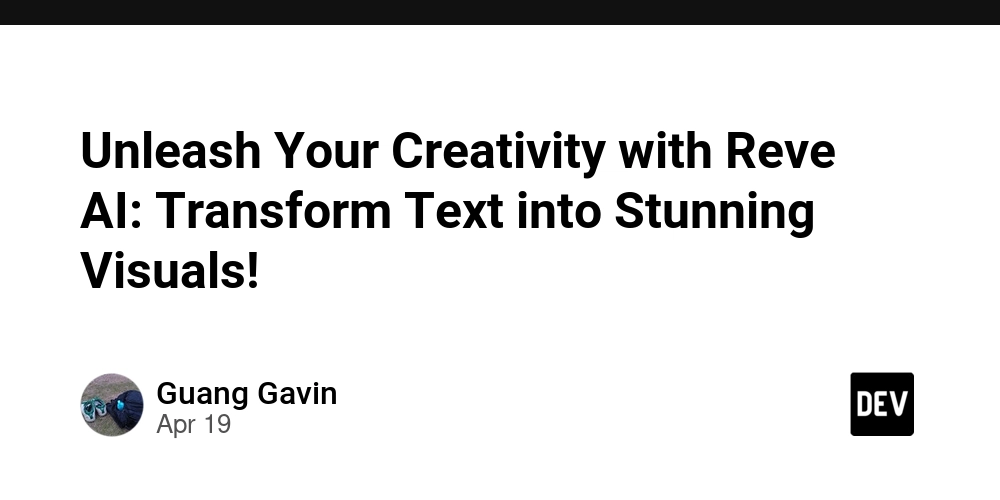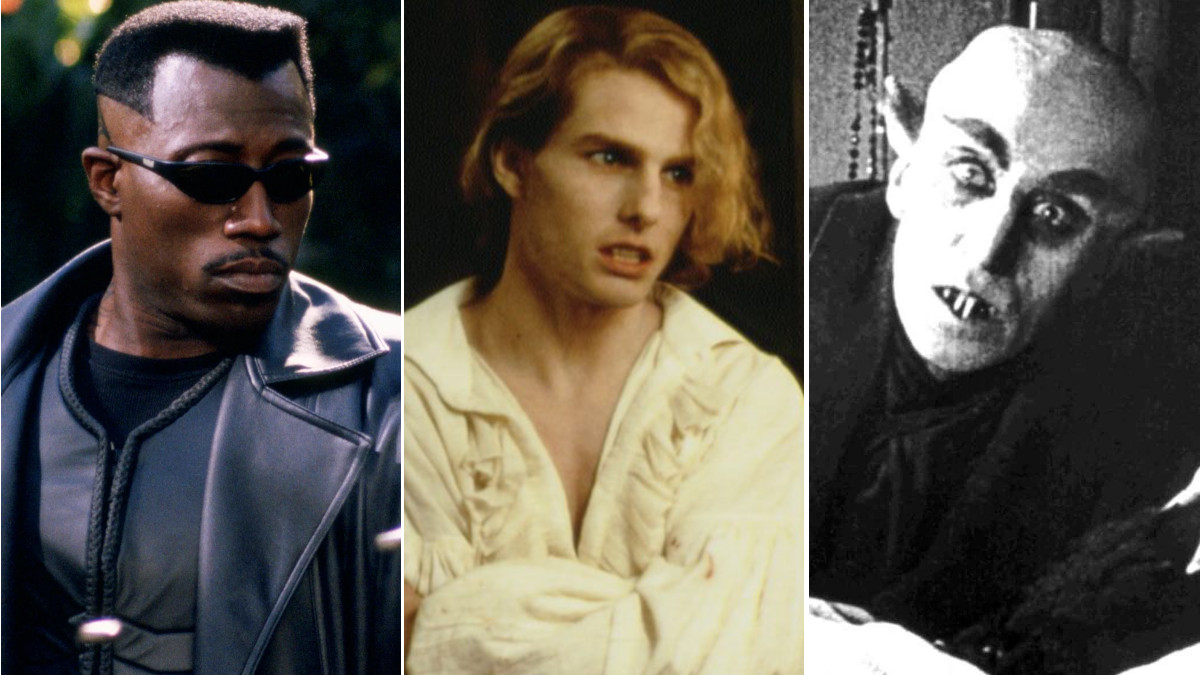Pearl (2022) Revisited – Horror Movie Review
The Revisited series digs into the 2022 film Pearl, directed by Ti West and starring Mia Goth, part of the X trilogy The post Pearl (2022) Revisited – Horror Movie Review appeared first on JoBlo.
The Pearl episode of Revisited was Written and Narrated by Vannah Taylor, Edited by Juan Jimenez, Produced by Tyler Nichols and John Fallon, and Executive Produced by Berge Garabedian.
If there’s one thing Ti West continues to nail, it’s a retro aesthetic. Throughout his filmography, West channels the essence of ‘70s and ‘80s horror films, not only in the visual style he achieves through his attention to detail when it comes to production design, his frequent use of natural lighting and minimalist sound design but through his abilities as a storyteller. Films such as The Roost (2005), The House of the Devil (2009), and In a Valley of Violence (2016) can all be characterized by their sincere homages to the genres they are playing within while still exploring fresh, contemporary themes and bringing new twists to the table. His most recent endeavor, the X Trilogy, is no different. Not only did these films call to the decades we have come to recognize within West’s lexicon, but we had the pleasure of being transported back to the golden era of filmmaking with his 2022 psychological horror Pearl.
Sat comfortably in my local multiplex, being able to count on my fingers how many films I had seen since theaters reopened, X became an instant favorite before the credits even rolled—and little did I know that at the end of those credits would be a teaser for a prequel to the provocative meta slasher that I just witnessed. In the words of Ti West: “You can’t make a slasher movie without a bunch of sequels.”
The script for Pearl was developed almost as a joke, meant to be a character study for Mia Goth to draw from during the filming of X since she would be depicting both Maxine Minx and Pearl–something that I am hesitant to admit I did not catch until those credits rolled thanks to an astonishing job done by the prosthetics team at Wētā Workshop, local to the New Zealand area. Quarantined upon their arrival to New Zealand, Ti and Mia made the best of what they had by using that time to hash out this backstory, which ended up developing into an intriguing exploration of ambition and isolation, mirroring the world around them. Once A24 took the bait to let them stay after production wrapped for the first film, Pearl and her decrepit farmhouse were reinvigorated.
Moving away from the looks of a gritty grindhouse picture, the set was transformed into a lush and vibrant Technicolor dream. Set in 1918, with Mia Goth reprising her role as Pearl, the film follows a young farm girl who longs to be like the gals in the pictures. But The American Dream crumbles into a nightmare. While her husband, Howard, is off fighting in the First World War, and the town fears the spread of influenza, dark temptations haunt Pearl as her heart grows bitter toward the life that she feels trapped in.

Ironically, the film was originally pitched as a black-and-white picture but eventually, the decision was to go in the complete opposite direction. The most riveting thing about the film’s Technicolor aesthetics is that it gives the audience a rich, bright image that is juxtaposed with the film’s dark and unsettling themes. We have whimsical moments with musical numbers that call to classic Hollywood musicals, and we have an expressive blend of fantasy and reality that recalls films like Powell and Pressburger’s The Red Shoes (1948), another film that pairs ambition with madness.
Another Technicolor influence embedded into the story of Pearl is the filmography of director Douglas Sirk. Sirk’s lush, saturated melodramas were focused on disrupting the façade of 1950s American culture—peeling back the curtain on the dark reality we were living in. His films like Magnificent Obsession (1954), All That Heaven Allows (1955), and Written on the Wind (1956) featured drama, violence, self-destructive behavior, and repressed, unhinged characters trapped by their social conditions—everything that paves the way for a film like Pearl.
My favorite inspiration, the one that the film wears right on its sleeve, is The Wizard of Oz (1939). Pearl, despite its fantastical elements, strips away the fantasy of Dorothy’s story—not every farm girl gets whisked away over the rainbow. Both of these farmers’ daughters have dreams of a better life beyond the fields of Kansas or Texas and hope to escape their rural realities.
Instead of a little dog like Toto, Pearl has a sweet relationship with a local gator, who she has lovingly named Theda after the famed silent era actress and sex symbol, Theda Bara, known for her portrayals of femme fatales and whose name appears on the marquee in town. She hides her victims in the belly of Theda, and continues this relationship into her old age with what I would assume to be Theda’s offspring, as seen in X. Callbacks to Theda are also sprinkled into MaXXXine, such as when everyone’s new favorite final girl puts out a cigarette on Theda Bara’s star and again when we see Leon watching an alligator killer attack scene before his death.
But back to the land of Oz…
Pearl and Dorothy embark on journeys to fulfill their heart’s desires, but these journeys are fraught with challenges at every step of the way. Along their respective yellow brick roads, they encounter an array of symbolic characters that push them forward. For Dorothy, the people she knows in her life accompany her through Oz as the Scarecrow, Tin Man, and the Lion—symbolizing the brain, heart, and courage she needs to get home. For Pearl, her inner conflicts, ambitions, and desires are projected onto the people around her. Quite literally. The Projectionist is not even afforded a name and Mia Goth has even stated that she considers him to simply be a figment of Pearl’s imagination. He is there only to represent the dreams Pearl has—like being a star on the big screen or escaping to Europe. When she kills him, she is killing this projection. Portrayed by the incredibly handsome David Corenswet, so much so that he is to be the next Clark Kent in James Gunn’s upcoming Superman film, The Projectionist dangles the promise of escaping her little life right in front of her. But once he gets just a hint that not everything is “right” with Pearl, she immediately feels rejected. Pearl is explosive and this rejection immediately sets off her murderous tendencies—and I can’t say that I wouldn’t also be just a little upset if I got rejected by a man of David Corenswet’s caliber. After killing him, she is now at the point where she has made such a mess of things that she needs to take the real steps to make her dreams into reality and nail that audition.
However, Pearl is in for a reality check—no matter how badly she wishes to escape, she simply is not what they had in mind. The desperation during Pearl’s audition is intense and haunting—reminiscent of Bette Davis’s performance as Baby Jane. West pays homage to the same Golden Age of classic Hollywood that is the ghost of faded glamor in What Ever Happened to Baby Jane? (1962). Pearl and Jane are two sides of the same coin, both having an unfulfilled yearning for stardom. For Pearl, it is a fame that will never be; while, for Jane, it is an obsession with a former fame. Both women are trapped in isolation with their decaying psyches and both actresses bring such a dual sense of vulnerability and menace to their roles. But is it better to have had and lost, or to never have at all?
Returning to her farm, surrounded by her dead family and dead dreams, she has no choice but to make the best out of what she has.

Pearl is certainly a niche film and had a modest box office performance grossing only about $10.1 million worldwide. However, it was made on a tight budget of only $8 million, meaning it was still technically a success. The fact that this neat little film was able to be made at all is a success in my eyes–and the critics seem to agree. Across the board, Pearl has received generally positive reviews highlighting the film’s stunning visuals, Ti West’s abilities as a director, and Mia Goth’s standout performance. She really is a star.
In such an isolated character-driven story, there is such a depth to Goth’s portrayal of Pearl that resonated with so many horror fans who, like her, had been feeling stir-crazy from a prolonged isolation that seemed to put a halt on everyone’s lives. There is a turmoil, a rage, that is bred out of this feeling of isolation and the deep need to feel freedom, love, and acceptance. Despite her outbursts of violence, one can’t help but feel empathy for Pearl–which will make her go down in history as a horror icon akin to Carrie (1976) – another girl isolated with a mother who insists there is evil within her and driven towards a murderous rage by rejection.
It’s not easy to seamlessly blend so many various influences and still feel original. Pearl (2022) stands as a testament to Ti West’s mastery of retro aesthetics and storytelling. By channeling the essence of classic horror films while infusing contemporary themes, West has created a hauntingly beautiful twist on the slasher genre. Seeing the tragic origins of the murderous old woman looming over the farm in X (2022) created an ambitious story about the human condition. It celebrates the enduring appeal of horror films and the dark tales that, amidst the spilling of blood, show the spark of humanity that connects us.
At the core of this film is a deep-seated love for filmmaking. On each viewing of Pearl, another new detail shines, whether it is another homage to the great classics of Hollywood or it is a thread that connects Pearl to X or MaXXXine. Now that the trilogy is complete, it will be a real treat for any genre fan to revisit.
As directors like Ti West continue to push the boundaries of the genre, we can look forward to more innovative and emotionally charged films that challenge the audience’s expectations–the most recent nightmare conjured from the mind of Osgood Perkins certainly comes to mind. And after the final installment of the X Trilogy, MaXXXine, everyone is eager to know where Ti West will take us next.
Two previous episodes of Revisited can be seen below. To see more of our shows, head over to the JoBlo Horror Originals channel – and subscribe while you’re at it!
The post Pearl (2022) Revisited – Horror Movie Review appeared first on JoBlo.










































































